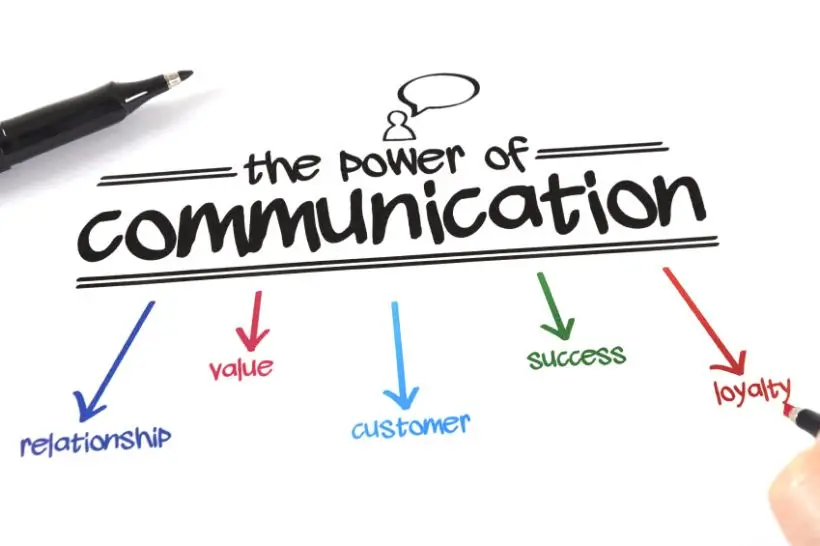
Change The Language And See The Results
Here are my takeaways from L. David Marquet’s book Leadership is Language. It’s a great, engaging book that shows by example the hidden power of what we say and don’t say.
Here are the ideas I captured from the book, which tell how we can change our language, which can help us significantly in getting the results we are looking for.
- Don’t design the system so that giving orders is the way we do business. A leader should only provide the intent—the goal of what we are trying to achieve—and ask the team to provide their intent of how they are going to achieve the leader’s intent. There will be times when clear direct orders are necessary but this should be the exception.
- The team should replace “request permission to” with the language of convincing and comply with the proactive language “I intend to” and commitment to action.
- Replace the language of “prove and perform”, with the language of “improve and learn.”
- Notice the difference between “that’s what I heard…” and “ that’s how it is.”
- It’s vague to say “It is not looking good right now” as compared to “We are sailing into danger”. Communication needs to be clear and direct.
- “We are not going to turn around” is the getting it done at all costs language, which is the language of invulnerability and invincibility. It sends the message that these decisions should not be questioned.
- These are the questions that should not be asked at all
- “You know what I am saying” (binary affirmation)
- “What do you want to call the team? Team alpha?” (Answering own question)
- “Alright, left now?” answering my own question.
- “It’s going to be between 9 and 15, right?” (Binary affirmation)
- “Does it make sense?” ( binary affirmation)
- “Everything good as far as velocity goes” (begs the right answer, binary affirmation)
- Language like “We will just have to tough this one out; we are going ahead and it should work out” is non-collaborative language and displays invulnerability. It can be better replaced with the language of inviting collaboration and vulnerability “We could get through this one, but man, I don’t know about these conditions. The odds are not very great here. How does everyone else feel about it?” Or “It should be fine but let’s stay alert to the changing conditions; we may need to change the course of events. How sure are we that we should stay the course?” This language provides a feeling of being safe enough to chime in for the team.
- For the work that does not require thinking and is known what to do, only the doing part is left; the language used is:
- Get it done
- Make it happen
- Let’s finish this
- Are we on track?
- For work that requires thinking and decision making the language used is:
- How do you see it?
- How ready are we for this?
- What can we do better?
- What did we learn?
- What are we missing?
- What might go wrong?
- If we do this and it ends up going south, what would be most likely the culprit?
- Question “Does it make sense?“ moves the discussion to a decision.
- Question “What am I missing?” Cause delay in decision but invite variability.
- Question “Are you sure?” Only expect yes or no answer so reduce variability and move to decision fast and get to doing.
- Question “How sure are you?” is cognitively taxing and causes delay in decision but will invite more discussion and may help in making better decisions.
- Questions like these show improve mindset
- How can we make it better?
- How could I do better?
- What have we learned?
- Are we working on the right thing?
- Do not use these preemptive statements as they erect barriers to questioning the decision.
- We can’t run from every single issue
- So we will have to tough this one out
- Would not have it any other way
- Leaders remind the team to take time to pause and give them power to call out when the pause is warranted. For example:
- I invite you to call pause if necessary
- You all have yellow cards to signal the need to slow down
- It’s an important milestone but if you can’t do it safely I will recommend a postponement and I will be responsible for it.
- Instead of asking “are we ready to go to production?” Ask how ready we are to go to production. By opening with how, the leader makes it easier for the team to signal any level of discomfort.
- Invite observations: “we are heading to the next phase. Let me know about anything you are unsure about.”